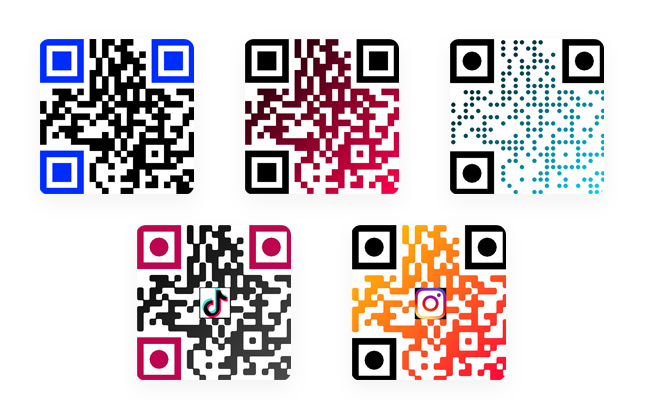Easy to use, dynamic and customizable QR codes for your marketing campaigns. Analyze statistics and optimize your marketing strategy and increase engagement.
QR Codes are everywhere and they are not going away. They are a great asset to your company because you can easily capture users and convert them. QR codes can be customized to match your company, brand or product.
Get Started
The beautify of QR codes is that almost any type of data can be encoded in them. Most types of data can be tracked very easily so you will know exactly when and from where a person scanned your QR code.
Get Started